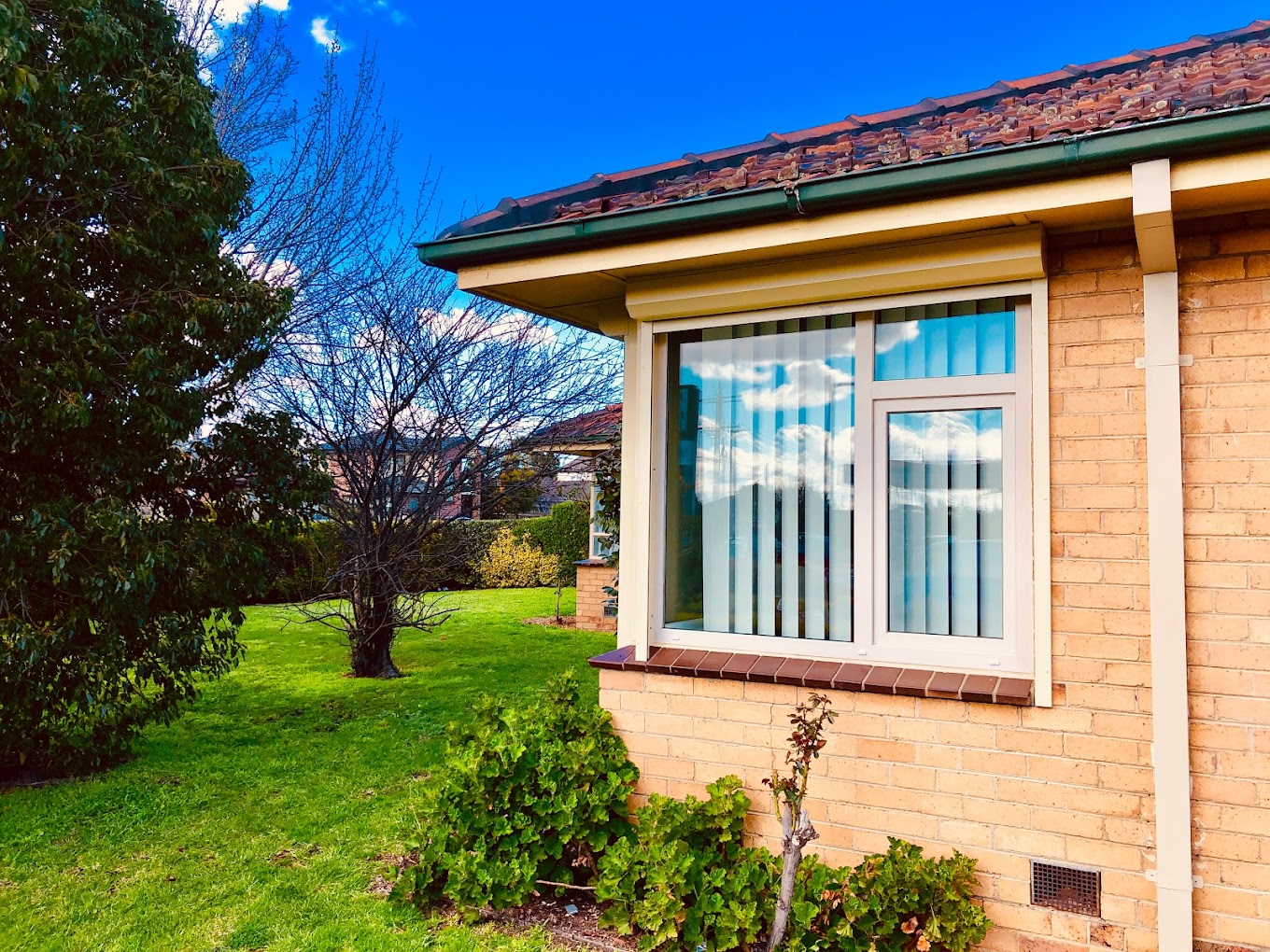All Categories
Featured
Table of Contents
A Complete Guide To Double Glazed Windows in Bellevue Western Australia
Glazing simply means the windows in your home, including both openable and fixed windows, in addition to doors with glass and skylights. Glazing really simply suggests the glass part, however it is typically used to describe all aspects of an assembly consisting of glass, movies, frames and home furnishings. Focusing on all of these elements will assist you to attain efficient passive style.

Energy-efficient glazing makes your home more comfy and drastically decreases your energy expenses. However, inappropriate or inadequately developed glazing can be a major source of undesirable heat gain in summer and significant heat loss and condensation in winter season. Up to 87% of a home's heating energy can be gotten and as much as 40% lost through windows.
Summer Scorcher Predicted, Again! Double Glazed ... in Bicton Perth
Glazing is a significant investment in the quality of your house. An initial financial investment in energy-efficient windows, skylights and doors can considerably decrease your yearly heating and cooling costs.

This tool compares window selections to a base level aluminium window with 3mm clear glass. Understanding a few of the key properties of glass will assist you to pick the best glazing for your home. Secret homes of glass Source: Adjusted from the Australian Window Association The amount of light that passes through the glazing is known as noticeable light transmittance (VLT) or visible transmittance (VT).
Why Should You Have Double-glazed Windows This Summer? in Bellevue Perth
This may lead you to switch on lights, which will result in greater energy costs. Conduction is how readily a material performs heat. This is referred to as the U worth. The U worth for windows (expressed as Uw), explains the conduction of the whole window (glass and frame together). The lower the U value, the higher a window's resistance to heat circulation and the better its insulating worth.
If your house has 70m2 of glazing with aluminium frames and clear glass with a U worth of 6. 2W/m2 C, on a winter season's night when it is 15C cooler outside compared with indoors, the heat loss through the windows would be: 6. 2 15 70 = 6510W That is equivalent to the total heat output of a big space gas heating system or a 6.
Buy Double Glazed Upvc Sliding Doors In Sydney in Cloverdale WA

If you select a window with half the U value (3. 1W/m2 C) (for example, double glazing with an argon-filled space and less-conductive frames), you can cut in half the heat loss: 3. 1 15 70 = 3255W The solar heat gain coefficient (SHGC) for windows (expressed as SHGCw) determines how easily heat from direct sunlight streams through a whole window (glass and frame together).
The lower a window's SHGC, the less solar heat it sends to your house interior. Glazing manufacturers state an SHGC for each window type and design. Nevertheless, the real SHGC for windows is affected by the angle that solar radiation strikes the glass. This is referred to as the angle of incidence.
Buy Double Glazed Upvc Sliding Doors In Sydney in North Fremantle Western Australia
When the sun is perpendicular (at 90) to the glass, it has an angle of incidence of 0 and the window will experience the maximum possible solar heat gain. The SHGC stated by glazing manufacturers is constantly determined as having a 0 angle of incidence. As the angle increases, more solar radiation is reflected, and less is transferred.
Table of Contents
Latest Posts
Triple Glazing Vs. Double Glazing: What Are The Differences? in North Beach Western Australia
What Are The Best Upvc Windows For Summer in Secret Harbour WA
Why Is Double Glazing So Important In Winter? in Yanchep WA
More
Latest Posts
Triple Glazing Vs. Double Glazing: What Are The Differences? in North Beach Western Australia
What Are The Best Upvc Windows For Summer in Secret Harbour WA
Why Is Double Glazing So Important In Winter? in Yanchep WA